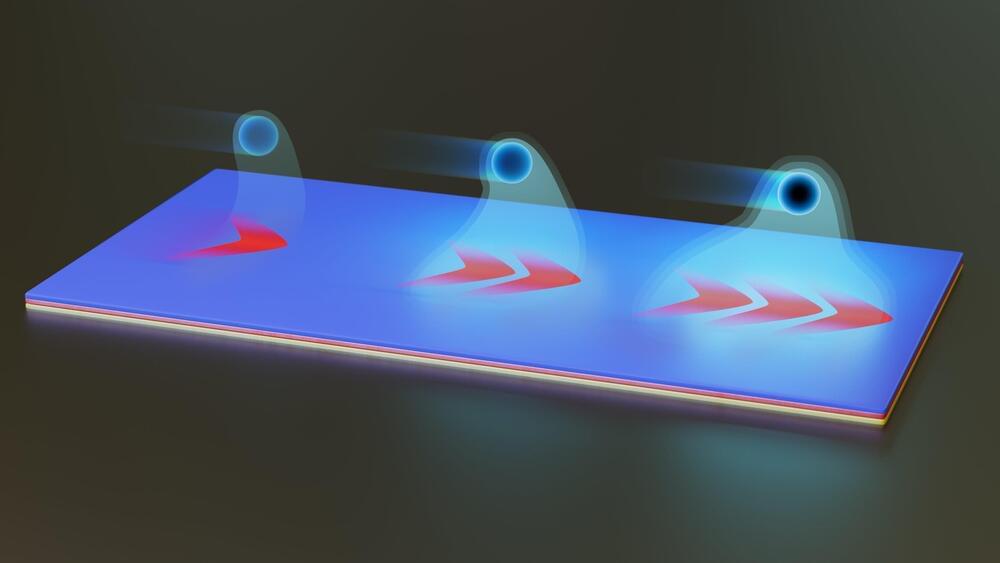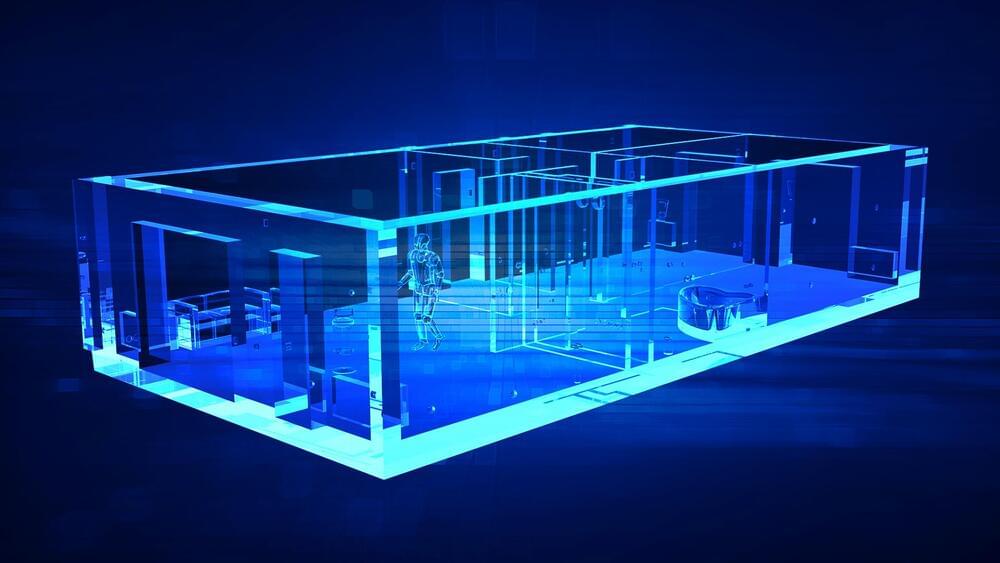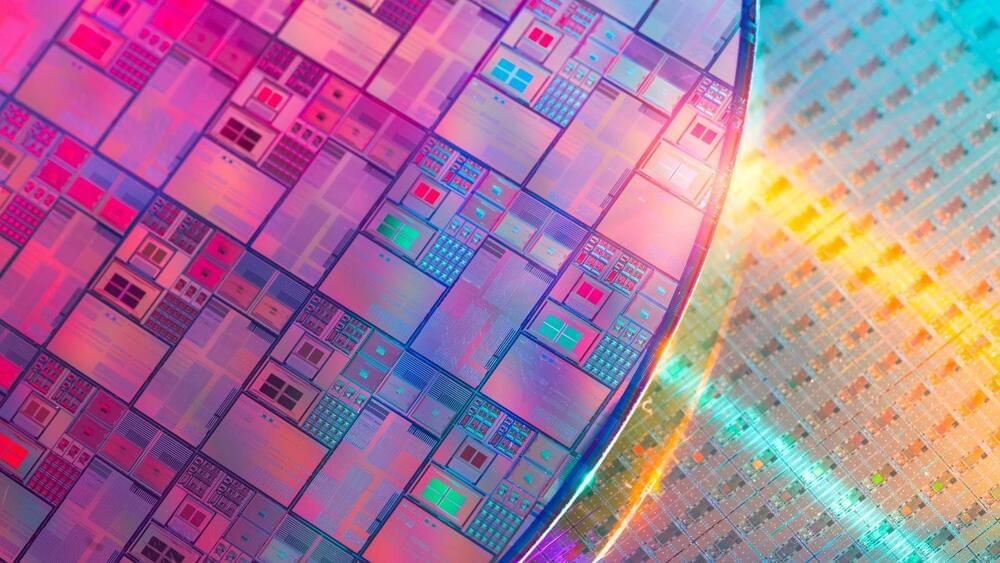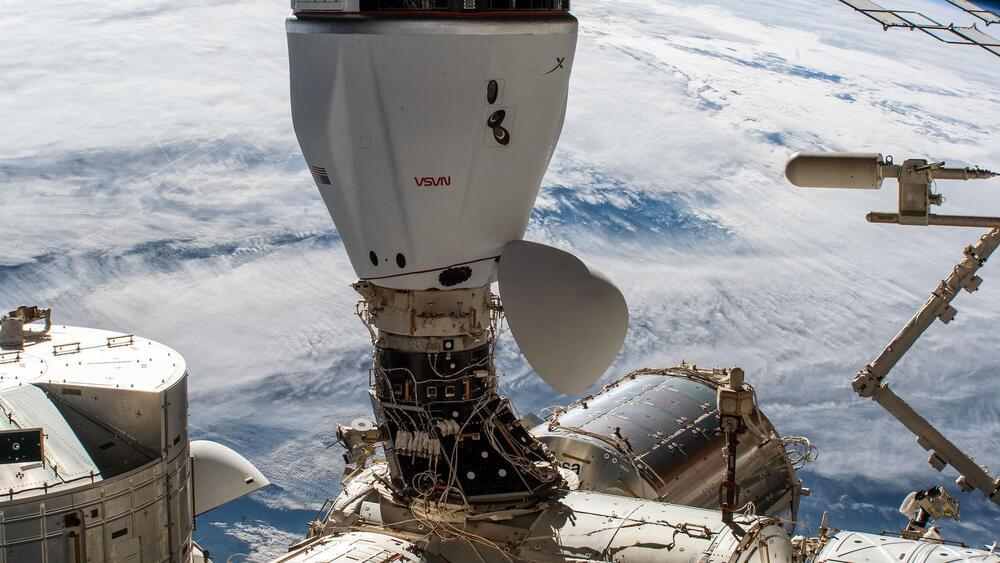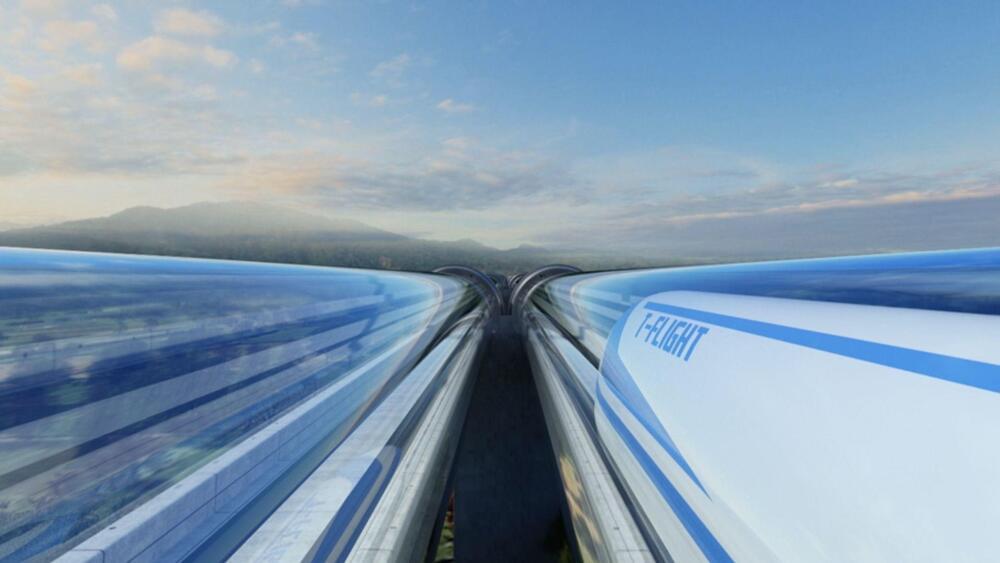Researchers from the Andrew and Erna Viterbi Faculty of Electrical and Computer Engineering at the Technion—Israel Institute of Technology have presented the first experimental observation of Cherenkov radiation confined in two dimensions. The results represent a new record in electron-radiation coupling strength, revealing the quantum properties of the radiation.
Cherenkov radiation is a unique physical phenomenon, which for many years has been used in medical imaging and in particle detection applications, as well as in laser-driven electron accelerators. The breakthrough achieved by the Technion researchers links this phenomenon to future photonic quantum computing applications and free-electron quantum light sources.
The study, which was published in Physical Review X, was headed by Ph.D. students Yuval Adiv and Shai Tsesses from the Technion, together with Hao Hu from the Nanyang Technological University in Singapore (today professor at Nanjing university in China). It was supervised by Prof. Ido Kaminer and Prof. Guy Bartal of the Technion, in collaboration with colleagues from China: Prof. Hongsheng Chen, and Prof. Xiao Lin from Zhejiang University.
